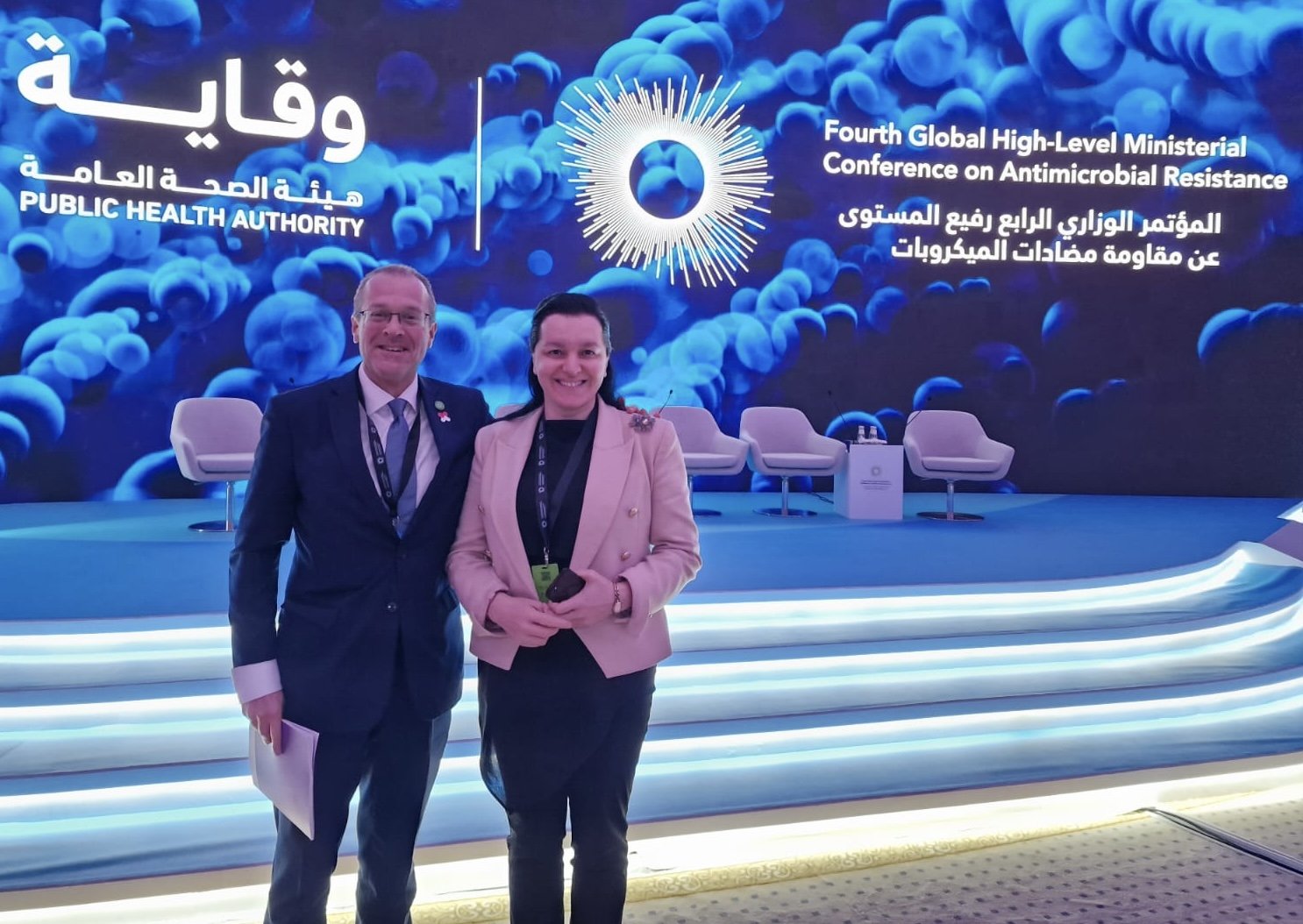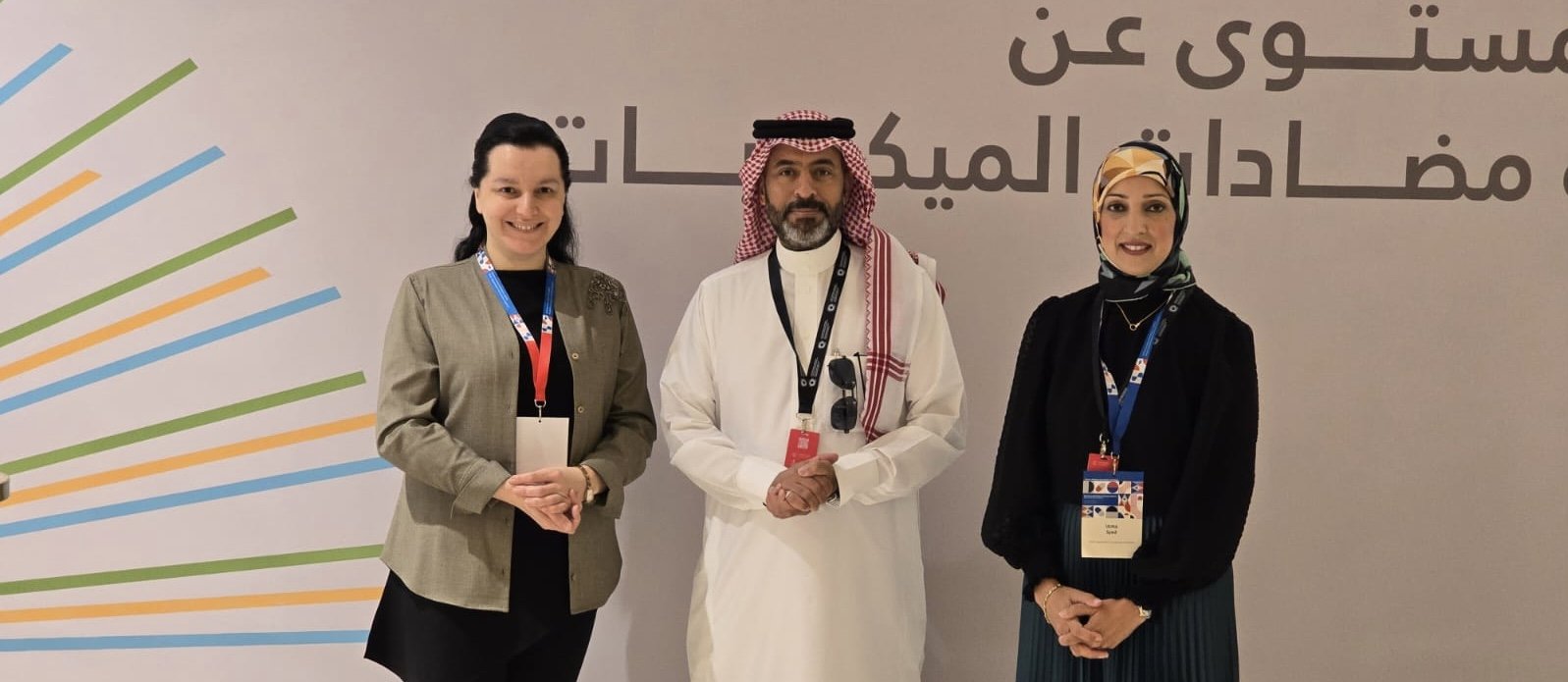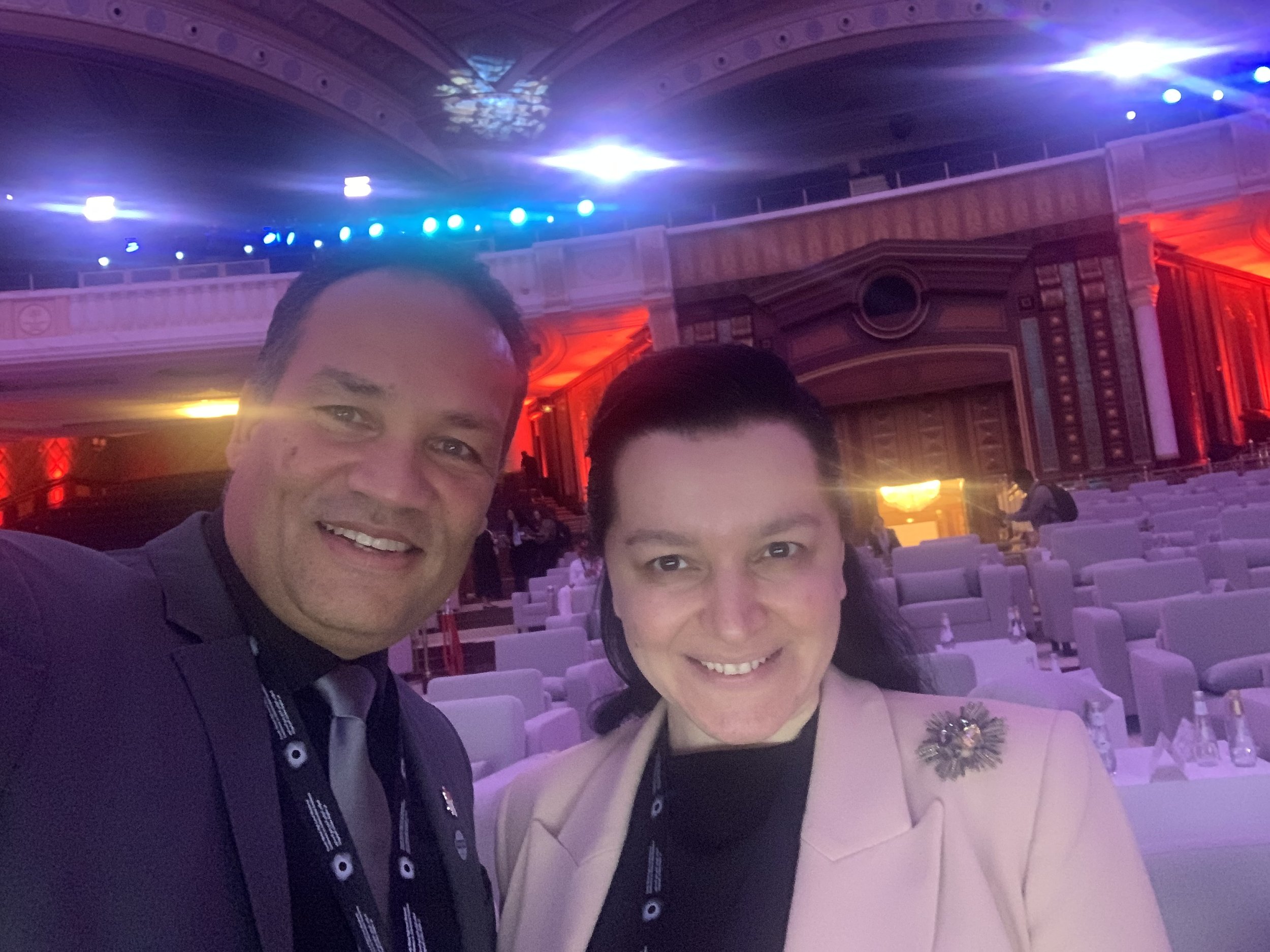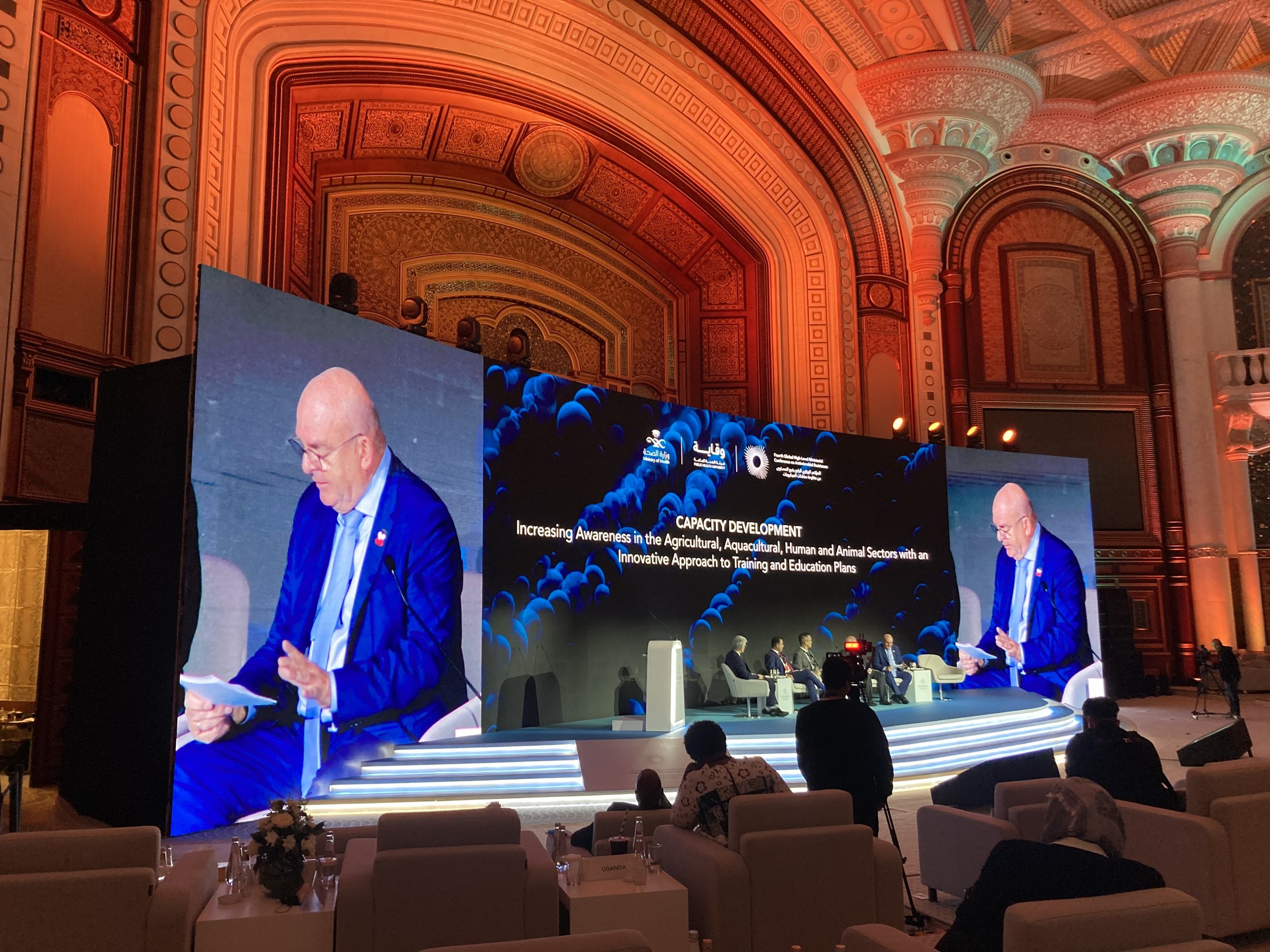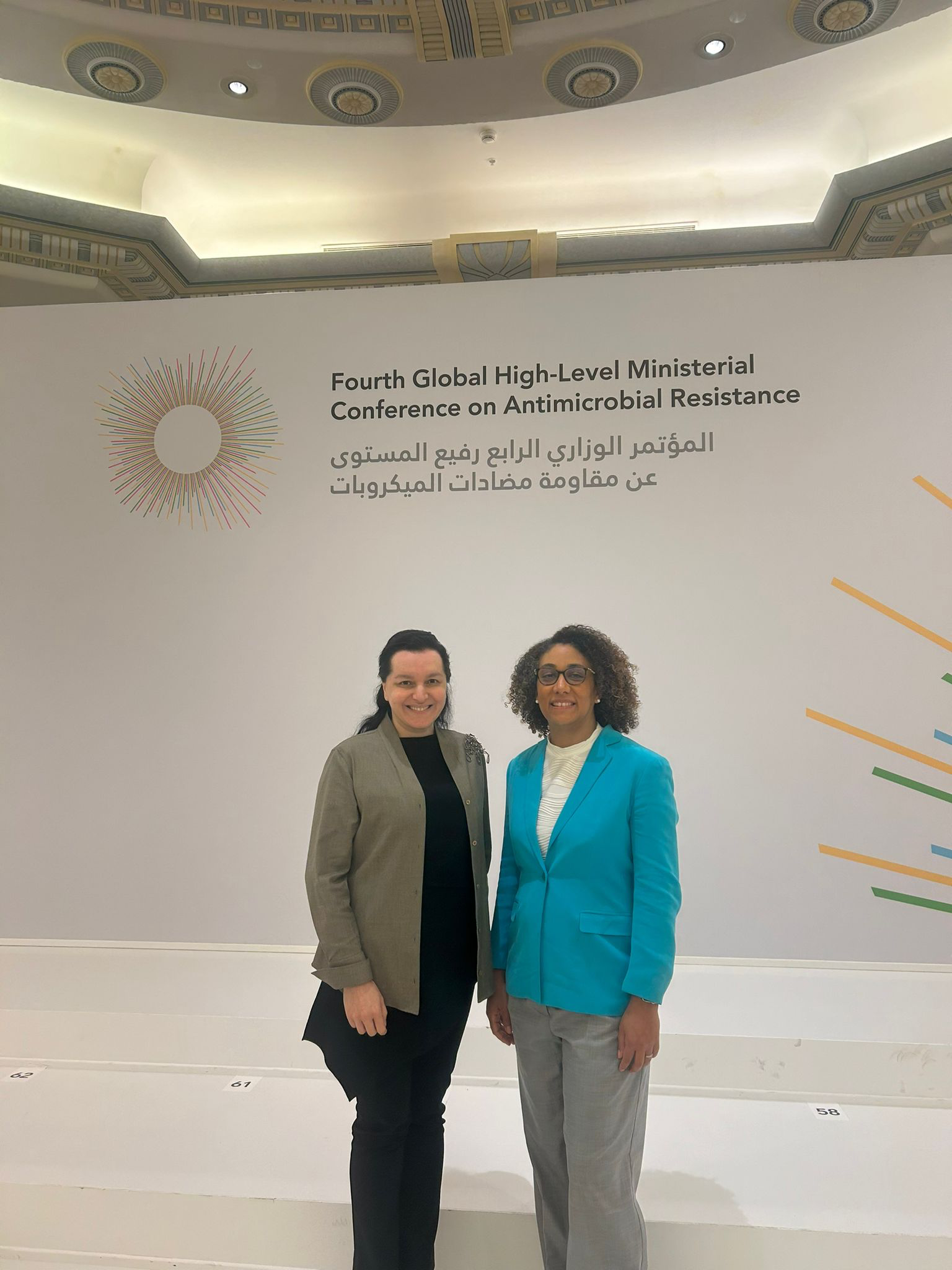In the summer of 2024, what began as an ordinary day at work soon became the start of a life-threatening journey I never anticipated. I was in the middle of my shift when I felt a sudden, sharp pop in my right hip—a sensation so intense it stopped me in my tracks. I tried to brush it off, thinking it might just be a pulled muscle, but with each step, the pain intensified, radiating through my leg and leaving me barely able to stand. Eventually, I couldn’t take it anymore and decided to leave work early, hoping some rest would bring relief. Little did I know that my life was about to change in ways I could never have imagined.
By the time I got to my car, the pain was unbearable. I couldn’t even move my leg from the gas pedal to the brake without using my hands to physically lift it. Driving home was a terrifying blur, every moment spent fighting the pain that seemed to grow with each passing second. When I finally made it home, the real struggle began. I reached the stairs to my house, but I couldn’t make it up on my own. I had to crawl, step by agonizing step, dragging myself forward. Halfway up, my mom saw me. The look of shock and fear in her eyes was unmistakable. She met me on the stairs, helping me inside as I collapsed in pain. I couldn’t stand, couldn’t even move without feeling like my entire body was shattering from the inside out.
Over the next several days, the pain only worsened, stealing away my ability to do even the simplest tasks. Sleeping became a nightmare; every time I tried to turn over in bed, the pain would jolt me awake, leaving me trapped in a cycle of sleeplessness and agony. I finally went to the doctor, desperate for answers, but instead of finding relief, I was met with a misdiagnosis. They told me it was just a muscle strain, dismissing the pain that was tearing through my body. They had no idea that, inside me, a deadly infection was spreading through my joints and bloodstream—a silent, invisible threat that would soon take over my entire body.
I tried to believe the doctors and tried to convince myself that it would pass. But the pain only grew worse, leaving me feeling more helpless with each passing day. Finally, after more visits and more pleading for answers, I managed to get an MRI. For the first time, I felt a glimmer of hope that I might get some clarity. But even then, fate seemed determined to work against me—they lost my MRI. Days slipped away, each one allowing the infection more time to spread unchecked. I was left waiting in a limbo of pain and uncertainty, feeling my body weaken, wondering how long I could hold on.
Three weeks after the initial symptoms, the truth finally emerged: I had septic arthritis, a rare and deadly infection. By the time they caught it, the infection had spread all throughout my bloodstream. I was in septic shock, a critical and life-threatening state where the infection was no longer contained to one part of my body; it was everywhere. My entire system was under attack, and the doctors were blunt about the reality of my situation. My chances of survival were terrifyingly slim—a mere 4%. Statistically, I should not have survived, and yet, somehow, I was still holding on. But the road to recovery was far from certain. Some doctors told me I’d be okay in two weeks; others said six months; some warned it could take a year before I was myself again. The uncertainty weighed on me, each prognosis a reminder of how fragile my future had become.
Through all of this, my mom became my rock, caregiver, and anchor. She was already working two jobs to support us, and now, on top of everything, she had to become my full-time nurse. Every day, she’d come home after long hours on her feet, exhaustion etched into her face, and then spend a full hour administering my IV antibiotics. It was no easy task; each dose had to be carefully monitored, the medication flowing directly into my veins through a PICC line, ensuring the infection didn’t regain its deadly hold on me. She took on this responsibility with a dedication that only a mother could muster, giving up her rest and well-being to keep me alive. I could see the toll it was taking on her, but she never let her own exhaustion show, never let her fears take over. She held me together when I felt like I was falling apart, giving me strength in my weakest moments.
I was supposed to be starting my senior year of college, a time I’d looked forward to, filled with excitement for graduation, final memories with friends, and the pride of finishing strong. But instead, I found myself trapped, sidelined, and isolated. During the first month and a half of the semester, I was forced to Zoom into classes, watching from a distance as my friends and classmates moved forward while I stayed behind. I didn’t want to miss out on any schoolwork and didn’t want to lose time, but every day was a struggle. Getting accommodations was difficult, and every assignment was a hurdle as I tried to keep up despite the pain and exhaustion. I was determined not to take a fifth year, not to let this disease rob me of my graduation, but every day was a test of endurance, a battle to hold onto the life I had worked so hard to build.
Despite everything, I had a trip to New York City planned, and I didn’t want to miss it. But my vision of exploring the city turned into a very different reality. At every airport, I had to be wheeled through terminals in a wheelchair, watching as people rushed around me, moving freely in ways I no longer could. Once I arrived, I rented a wheelchair just to get around the city. The places I’d once dreamed of visiting on foot became mere glimpses from the seat of a chair, each street and landmark accessible only if someone could push me forward. It was humbling, it was heartbreaking, and it was a painful reminder of everything I had lost. Each night, I returned to the hotel, only to face the impossible task of sleeping with the constant, unrelenting pain. Every small movement sent sharp, stabbing shocks through my body, jolting me awake again and again. Exhaustion became my constant companion, but even sleep was something my body refused to grant.
Back at home, my healthcare routine became a grueling and exhausting cycle. A home health nurse came every week, to monitor my infection, check my vital signs, and manage my PICC line, my lifeline against the infection that had nearly taken me. Three times a week, a physical therapist came to the house, working with me on exercises that pushed my body to the brink, trying to regain the strength I’d lost. Each session was a test of will, leaving me drained, yet still fighting for any scrap of progress I could hold onto. I had to confront a reality I never thought I’d face—a fight for my future, for my health, and for the life I thought would always be mine.
Through all of this, my mom remained by my side. She was my strength, my constant in a world that had been turned upside down. But I knew how much it hurt her to see me in this state, to watch her child suffer through pain no parent should ever have to witness. She hid her own exhaustion, her own heartbreak, but I could see the toll it was taking on her. She was watching her son fight for his life, caught between hope and despair, facing a reality no one could have prepared for.
Eventually, through the relentless dedication of my doctors, the tireless care of my mom, and my own stubborn determination, I began to recover. But it was far from a quick or easy process. The scars, both physical and emotional, will stay with me forever. I survived, but the journey has left me changed in ways I’m still learning to understand. I came face to face with my own mortality, forced to confront the pain, the helplessness, and the reality of a future I almost lost.
I share my story not to dwell on the suffering, but to honor those who stood by me, who fought for me when I couldn’t fight for myself, and to remind others of the deadly reality of sepsis. It’s a silent killer, one that almost stole my life. I am here today because of the relentless love of my mom, the care of my doctors, and a 4% chance that somehow, against all odds, was enough to keep me alive. I am grateful, humbled, and forever changed, with a new understanding of just how precious life truly is.
